How Our Homes Could be Wrecking Havoc on Our Telomeres and What to Do About It
Category: Healthy Home

I’m hoping you’ve had a good week and are enjoying what seems like the last of the summer season, where I live it feels like fall has arrived early but it’s a nice break.
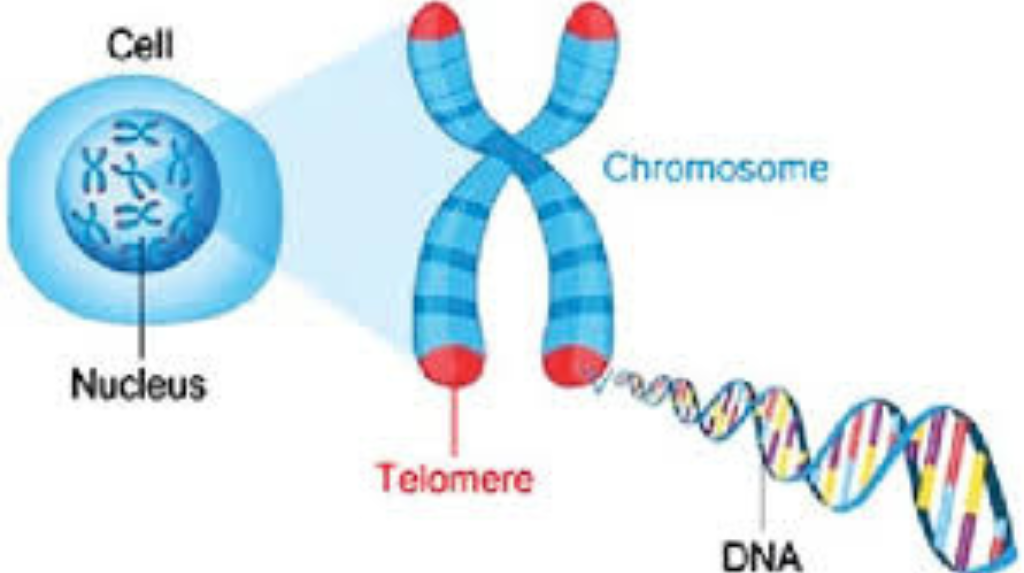
Today I’m going to get a bit serious about a topic that’s not just about health and wellness, but about something that can truly affect how long and how well we live. We’re going to explore the surprising link between common environmental toxins and our telomeres—those tiny protective caps at the ends of our DNA that are crucial for longevity and overall health.

Before we get going, I want to ask—how many of you have ever considered that the products you use every day in your home might be affecting your lifespan? Drop a quick ‘Yes’ or ‘No’ in the chat! You might be surprised by what we uncover today, hopefully I don’t scare you too badly, but before we jump in, let’s do a quick refresher on telomeres.
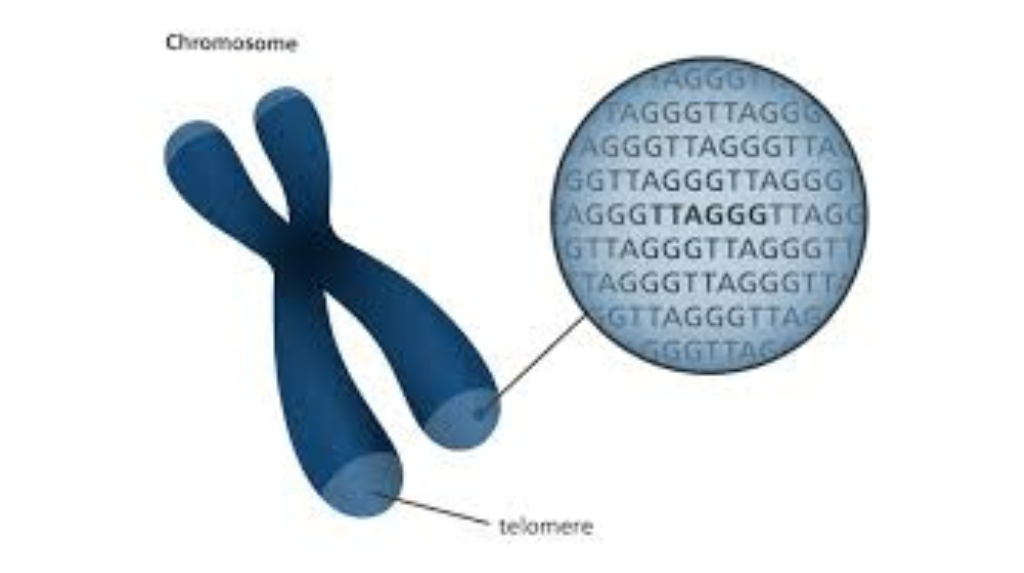
I know we’ve talked about them before, but it’s worth revisiting. You might remember, telomeres are like those plastic tips on your shoelaces—they protect our DNA from unraveling. Every time our cells divide, these telomeres get a little bit shorter, and when they become too short, our cells can’t divide properly which leads to aging and an increased risk of disease. So, keeping our telomeres in good shape is key to staying healthy and living longer.
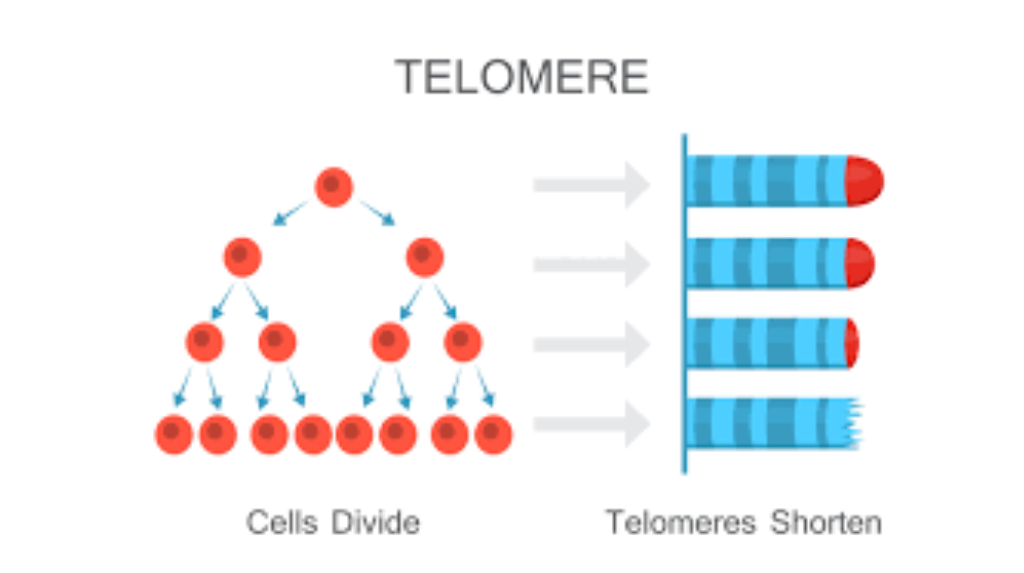
Today, we’re going to explore how your home environment could be impacting those tiny but mighty protectors, and here’s where it becomes intriguing to me as many are not aware of what I’m about to say by asking a question: Did you know that many everyday products we use in our homes contain chemicals that can accelerate telomere shortening? Studies have found that exposure to toxins in plastic containers, BPA in canned goods, and VOCs (volatile organic compounds) from paints and air fresheners can cause oxidative stress, which directly impacts telomere length.
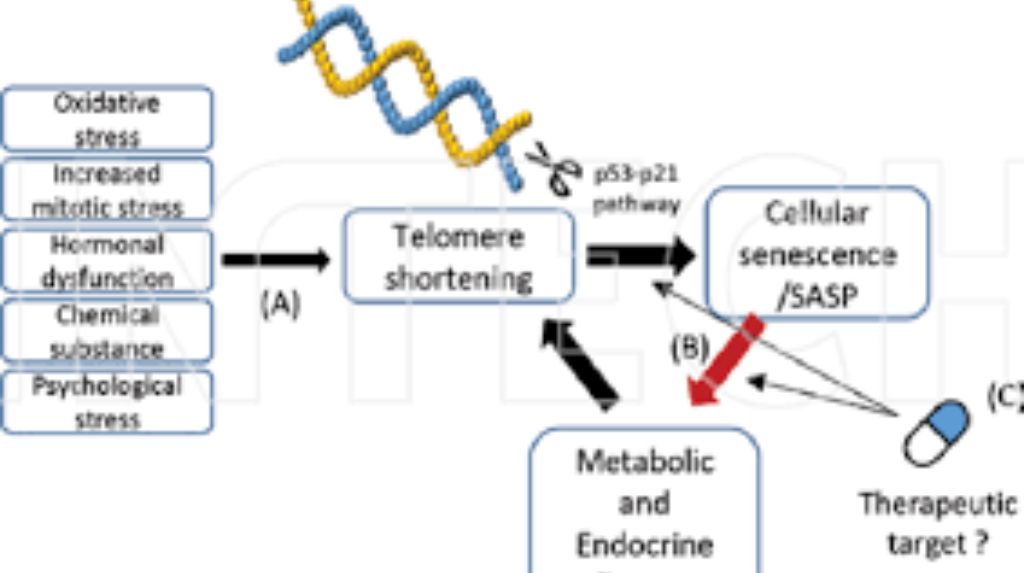
One study showed that people exposed to higher levels of these toxins had significantly shorter telomeres, which translates to looking older than they should as well, a shorter lifespan and a higher risk of diseases like cancer and heart disease. Here’s one: Imagine—what seems like a harmless air freshener could be silently speeding up your biological clock!

I want to share a quick story. A friend of mine, who’s always been health-conscious, started experiencing unexplained fatigue and frequent headaches. She couldn’t figure out what was going on, so after we had a conversation similar to this, she decided to take a closer look at her home environment.

What she discovered really surprised her!—her favorite scented candles, which she burned every evening, were emitting harmful chemicals that were not only irritating her lungs but could also be accelerating the aging of her cells by shortening her telomeres!

This experience led her to swap out those candles for natural, toxin-free alternatives, and within weeks, she noticed an impressive improvement in her energy levels and overall well-being. This isn’t just about feeling better—it’s about protecting your cellular health and longevity. Now, let’s take a look at a few everyday items you might have at home that could be impacting your telomeres:
1. Air Fresheners: These often contain VOCs that can harm your lungs and telomeres. Swap them out for essential oil diffusers or natural room sprays.

2. Plastic Food Containers: When heated, these can release chemicals that disrupt your hormones and potentially shorten your telomeres. Replace them with glass or stainless steel containers.
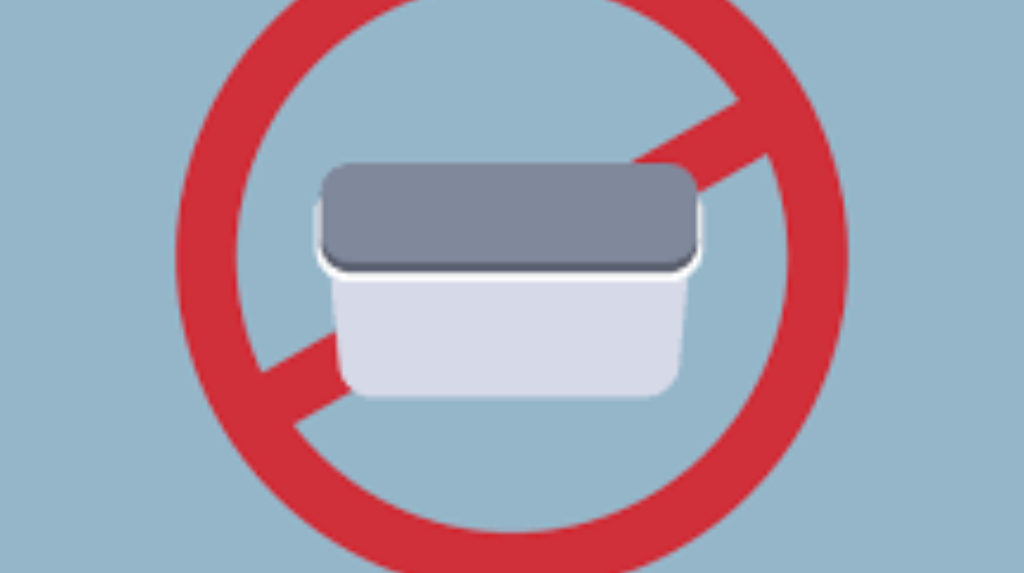
3. Non-Stick Cookware: As convenient as they are, non-stick pans can release toxic fumes when overheated. Consider switching to old school cast iron, stainless steel is also good and so is ceramic cookware when it comes to healthier cooking.
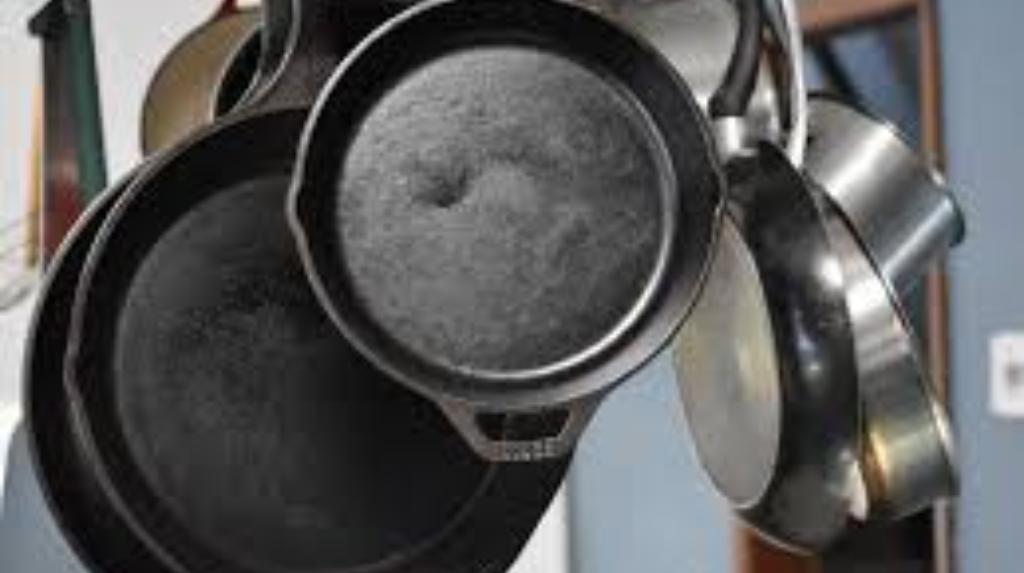
By making these simple swaps, you can create a home environment that supports your telomere health and contributes to a longer, healthier life. To take it a step further, here’s a simple checklist to start detoxifying your home for even better telomere health:

1. Air Quality:
As I mentioned last week in Biohacking Our Home, you can invest in a HEPA air purifier and/or adopt a few spider plants, maybe some snake plants and my personal favorite … keeping the windows open whenever possible to reduce any indoor pollutants.

2. Cleaning Products: Swap out those harsh, chemical-laden store-bought cleaners for natural or DIY alternatives. Why? Because the average household cleaner is a cocktail of toxic ingredients that can wreak havoc on your health.
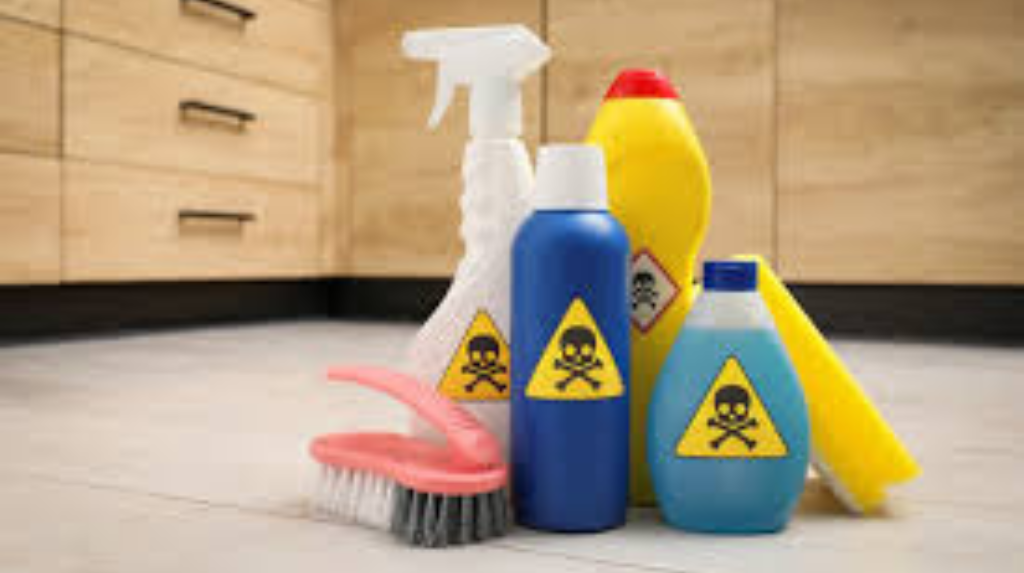
Every time you spray or wipe, you’re releasing chemicals like ammonia, bleach, and phthalates into the air you breathe, coating your surfaces with substances that can irritate your skin, eyes, and lungs. Long-term exposure has been linked to serious health issues like asthma, hormone disruption, and even cancer. And it’s not just you—your kids, pets, that environment puts you all at risk.

Hopefully you decide to switch out what you’re using for natural or homemade solutions. In doing that, you’re protecting your family from this chemical barrage, reducing your environmental footprint, and creating a healthier, safer home for all of you.
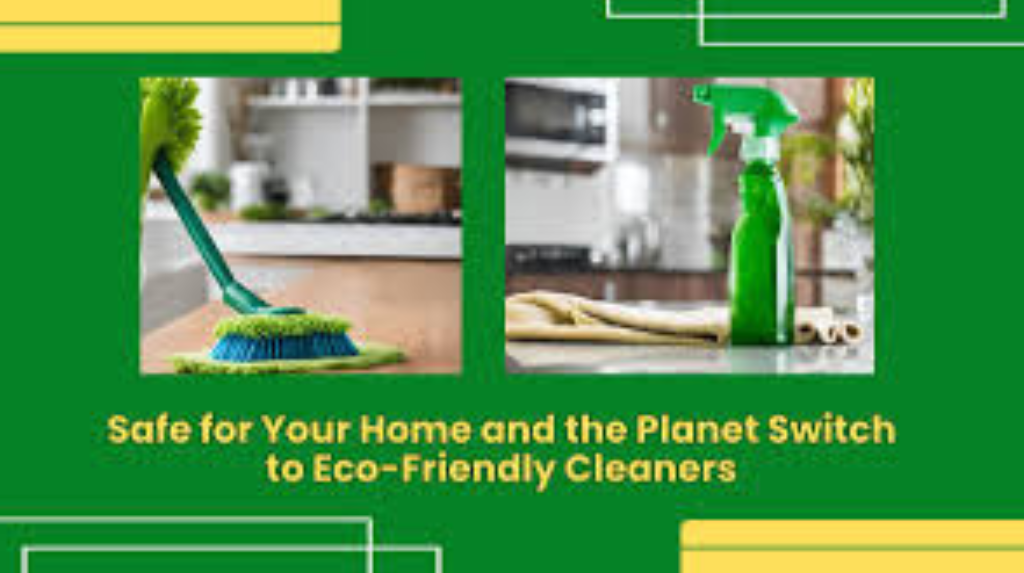
3. Personal Care Products: The same principle applies here—ditch those chemical-laden personal care products for organic, non-toxic alternatives. Your skin is your body’s largest organ, and it absorbs up to 60% of what you put on it.
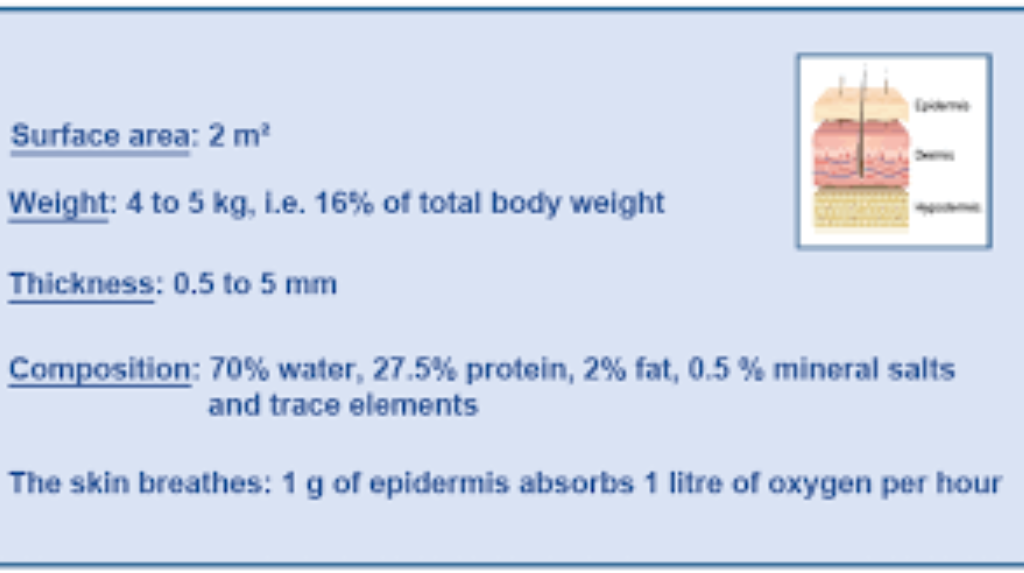
That means every lotion, shampoo, and deodorant packed with toxic ingredients like parabens, phthalates, and synthetic fragrances is seeping into your bloodstream. These chemicals can disrupt your hormones, trigger allergic reactions, and have been linked to reproductive issues and even cancer. The products you’re trusting to keep you clean and fresh could be doing a lot more harm than good.
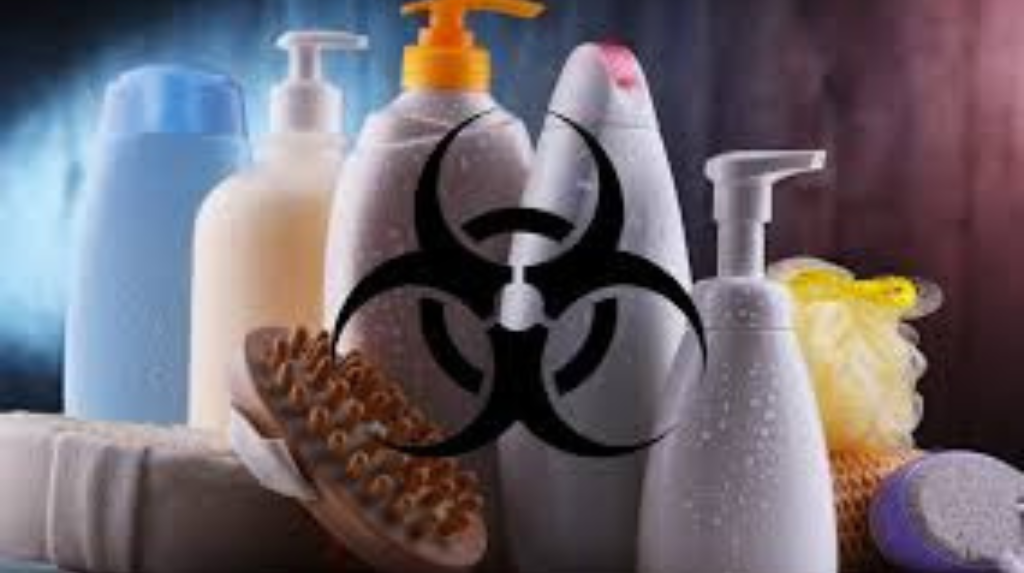
By switching to organic, non-toxic options, you’re not just pampering your skin—you’re protecting your health from a daily dose of dangerous chemicals. We don’t really think about this because if it’s on the shelves it must be safe, right? Or is it? What exactly does consumer protection mean?

4. Food Storage: Store your food in glass containers and steer clear of microwaving plastics. Why? Because plastics can leach harmful chemicals like BPA, phthalates, and other endocrine disruptors into your food, especially when heated. These chemicals have been linked to hormone imbalances, reproductive issues, and even certain cancers.
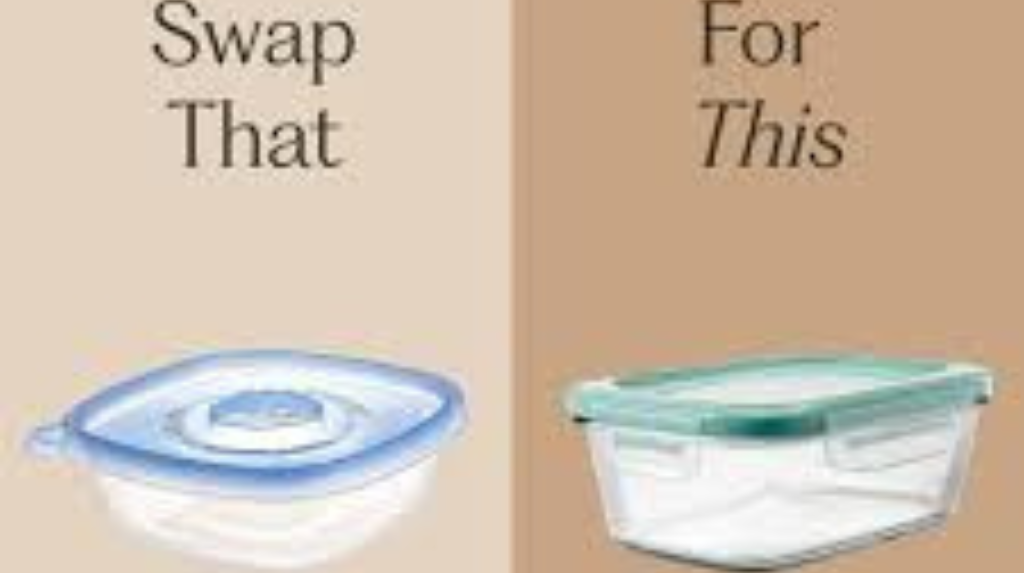
The warmth of your food creates the perfect environment for these toxic substances to seep in, turning your leftovers into a health hazard. By switching to glass containers, you’re not just preserving the taste and quality of your food—you’re safeguarding your health from these invisible threats.
How are we doing so far? If we combine all of these things we’ve looked at so far, it’s quite the load of toxins for the body to deal with isn’t it? Can you see how that would wear down our cellular health over time if left unchecked?
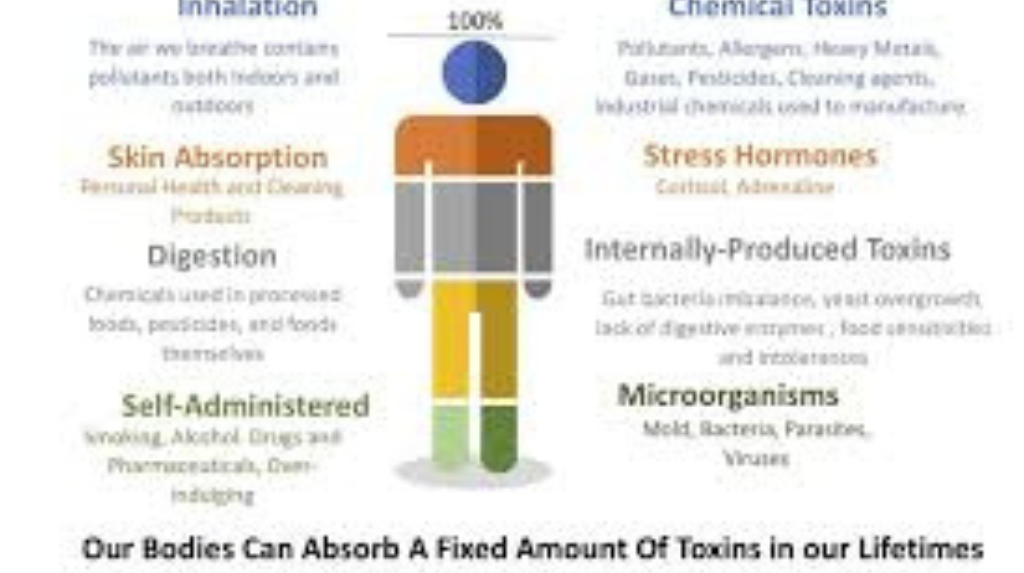
5. Lastly Water: Filter your drinking water as best you can, don’t cheap out, so that you can eliminate harmful contaminants that are lurking in your tap. Heavy metals, pesticides, and industrial chemicals can sneak into your water supply, exposing you to toxins every time you take a sip.

These contaminants, again, can damage your DNA, speed up the aging process, and increase your risk of chronic diseases. Even substances like chlorine can wreak havoc on your body over time. By making the simple switch to filtered water, again, you’re protecting your telomeres (that’s those crucial caps on your DNA that influence aging) and taking a vital step towards a longer, healthier life.

Your home should be a safe sanctuary, not a source of toxic harm. By making just a few changes, you can protect your telomeres and, in turn, your health and longevity. I highly encourage you to start implementing at least one of these tips today—your future self will thank you for that!

Remember, the choices we make today shape our tomorrow. Let’s make our homes a place where our health and telomeres can thrive. Now, who’s ready to start detoxifying their home? Before we wrap up, I’d love to hear one tip from today’s talk that you’re excited about trying.

Drop it in the chat, I’d love to see us inspire each other to create healthier homes for ourselves. Thank you for taking these steps to ensure a better tomorrow for you and your family, with love,
Dannie Cade
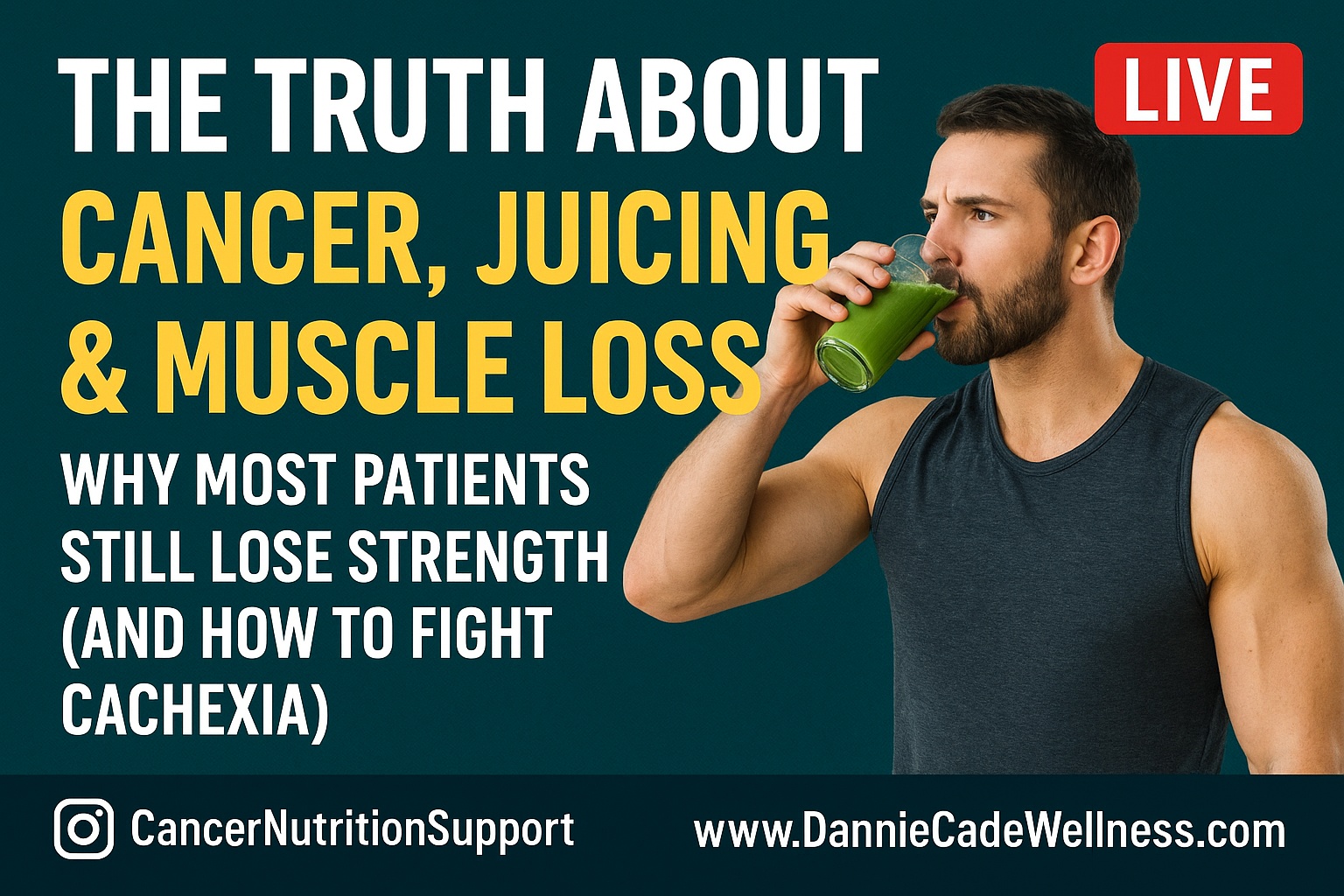
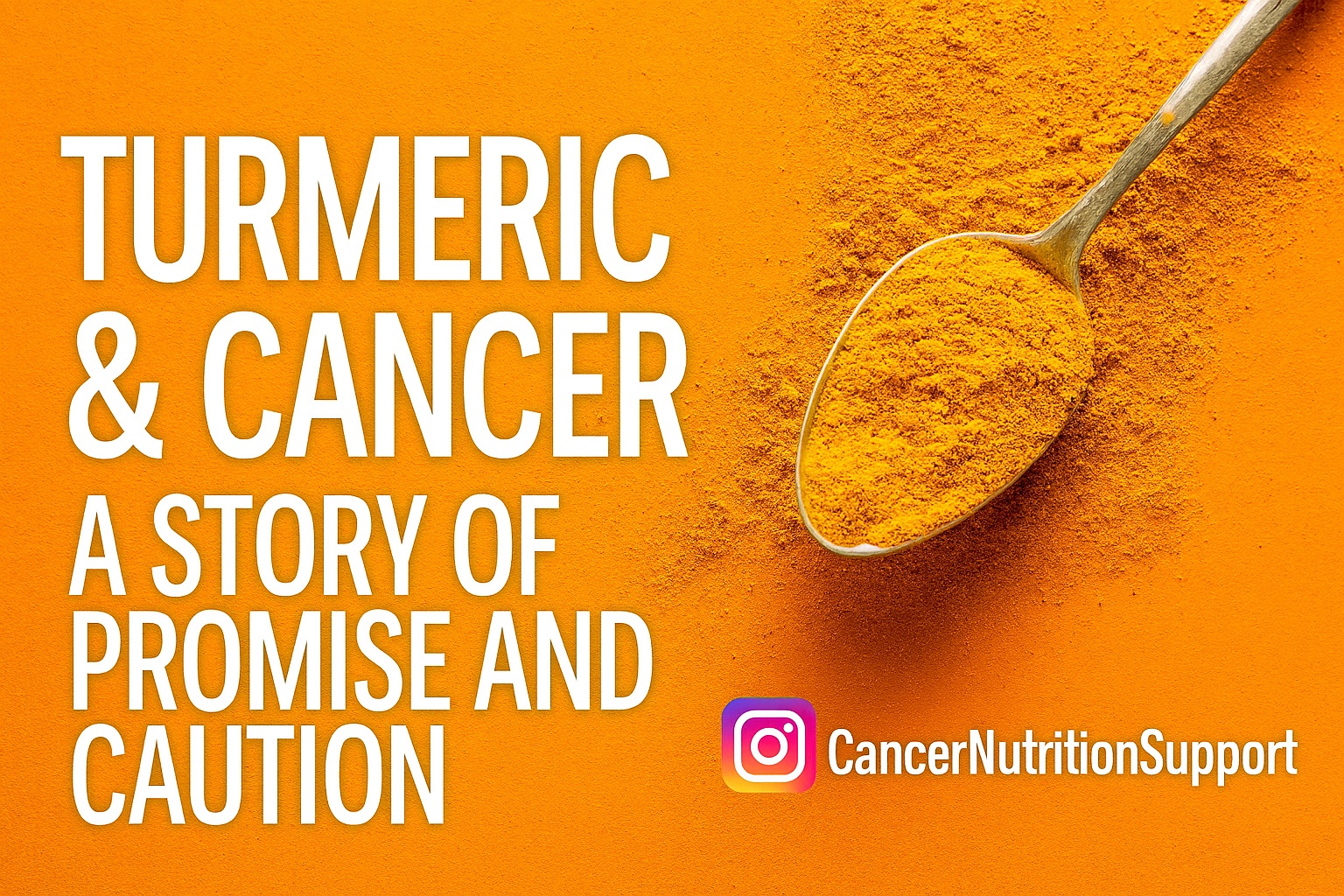
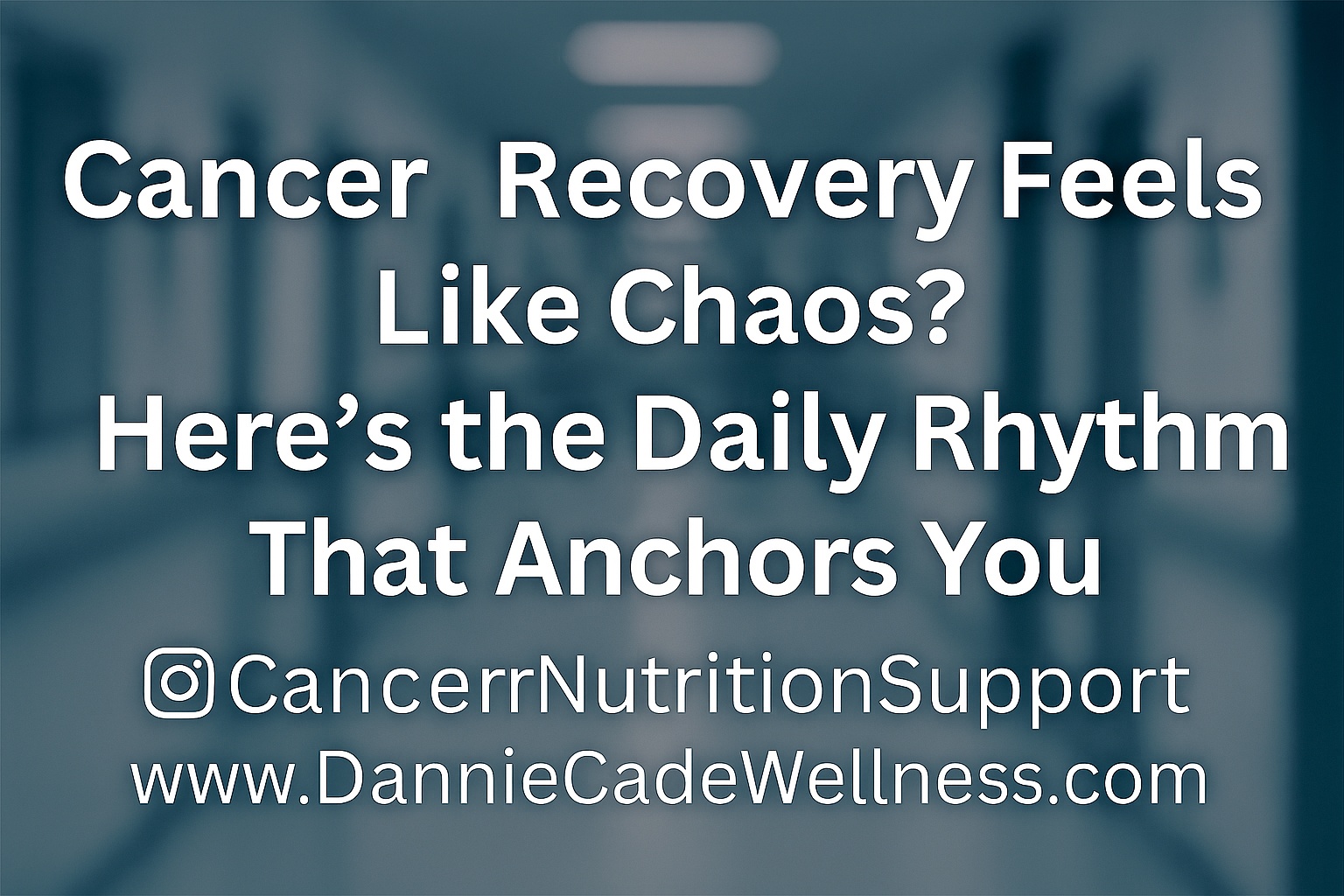
Facebook Comments